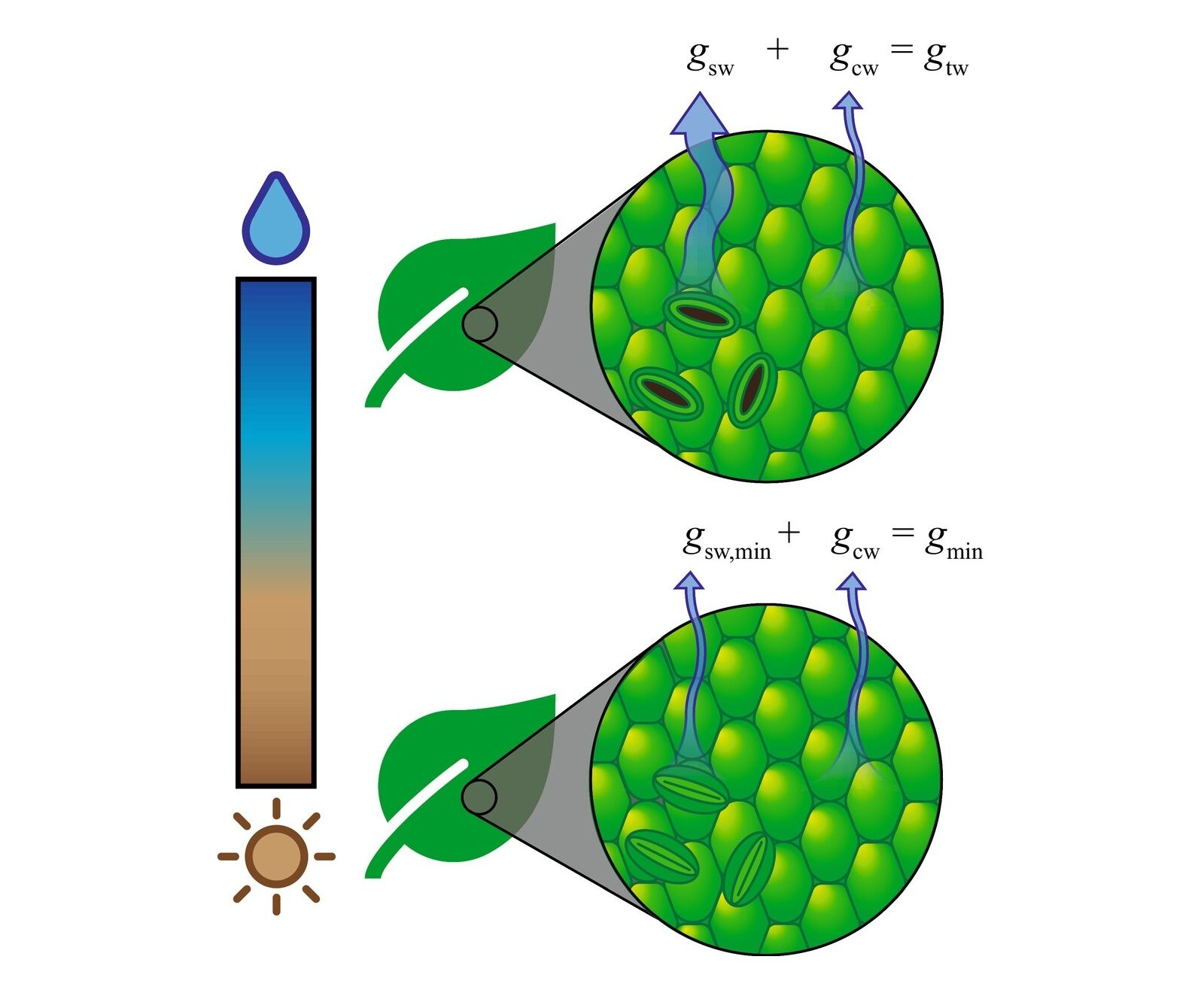Plants could soon emit more CO2 than they absorb 🌱
Published by Cédric,
Article author: Cédric DEPOND
Source: New Phytologist
Other Languages: FR, DE, ES, PT
Article author: Cédric DEPOND
Source: New Phytologist
Other Languages: FR, DE, ES, PT
Follow us on Google News (click on ☆)

This discovery challenges long-held assumptions about how plants function. While scientists believed that leaf pores were the primary source of water loss, it appears that the cuticle, a waxy layer, plays a more significant role. This uncontrollable water leakage could turn plants into carbon sources, exacerbating global warming.
The role of plants in the carbon cycle
Plants absorb carbon dioxide (CO₂) during photosynthesis, an essential process that limits greenhouse gas concentrations. They also release oxygen and water vapor, helping to regulate the climate.
However, under the effect of heat, this function could be compromised. Plants lose more water through their cuticle, a structure that cannot close. This loss reduces their ability to absorb CO₂, thereby limiting photosynthesis.

Leaf water flow depending on water availability. When water is available and photosynthesis is active, stomata open for gas exchange, and total conductance (gtw) results from stomatal (gsw) and cuticular (gcw) conductance. During periods of low water availability or reduced photosynthetic activity, stomata close to limit losses. Minimum conductance (gmin) then corresponds to the sum of gcw and a minimal stomatal contribution (gsw,min).
If temperatures continue to rise, plants could even become net carbon emitters. This role reversal would have dramatic consequences for the climate, accelerating warming instead of slowing it down.
The limits of plant resilience
Plants have a limited tolerance to heat. A study conducted on 200 species in Vancouver shows that photosynthesis begins to degrade between 104 and 124 °F (40 and 51 °C). Beyond 140 °F (60 °C), cellular proteins break down, leading to plant death.
Some species, such as those in deserts or tropical regions, are more heat-resistant. But the majority of plants are not adapted to extreme temperatures. Events like the 2021 heat dome, where temperatures reached 121 °F (49.6 °C), illustrate this vulnerability.
Researchers estimate that a tipping point could be reached around 86 °F (30 °C), where plants would release more CO₂ than they absorb.
To go further: What is the plant cuticle?
The cuticle is a waxy layer that covers plant leaves. It serves as a protective barrier, shielding against pathogens.
Unlike stomata, the cuticle cannot close. In extreme heat, it becomes a major source of water loss, even when stomata are closed.
This recent discovery challenges current climate models, which underestimate the impact of the cuticle on the water and carbon cycles.